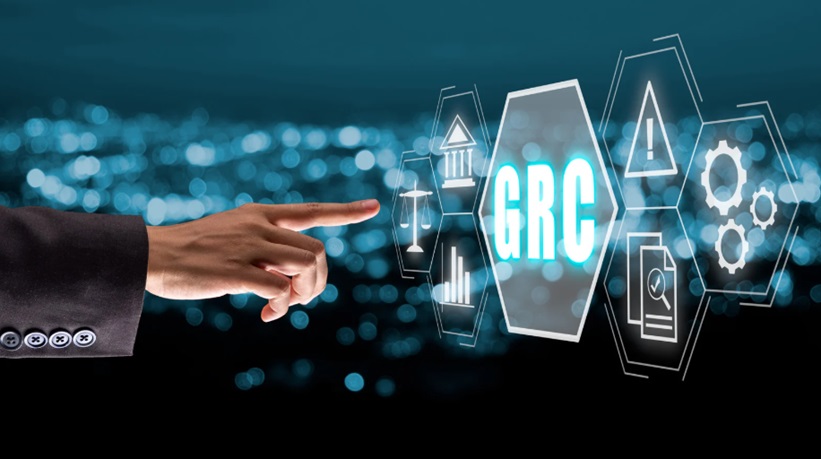In today’s fast-paced world, keeping tabs on risks is crucial for any organization that wants to stay ahead of the game. Enter governance risk compliance software, which is a game-changer that makes risk assessment and mitigation a breeze. This software simplifies processes, empowering organizations to address challenges directly while minimizing complexity and maximizing efficiency.
Why Risk Assessment and Mitigation Matter
Every organization encounters unique risks, whether financial, operational, or regulatory. The key to protecting against potential disruptions lies in identifying these risks early and proactively addressing them. Mitigation, on the other hand, involves crafting strategies to minimize the impact of these risks. While it’s a vital process, relying on manual or outdated methods can be overwhelming, leading to gaps in evaluation or response.
That’s where advanced tools like governance, risk, and compliance systems come into play. These tools simplify workflows, centralize data, and provide real-time insights, enabling businesses to adopt a proactive approach to risk management. As we explore new advancements in this field, the relevance of these tools continues to grow. Organizations interested in adapting their frameworks may benefit from understanding more about the evolution of GRC practices.
Key Features of GRC Software
- Centralized Risk Management
GRC software centralizes all risk-related data, allowing organizations to break down silos and foster greater collaboration across teams. All activities—be they monitoring trends, tracking incidents, or evaluating compliance requirements—are handled in one system, which reduces chaos and enhances efficiency.
- Automation of Mitigation Workflows
One of the most significant advantages of GRC software is automation. The system can automatically flag potential vulnerabilities, suggest mitigation steps, and monitor remediation efforts. With automated tools, businesses save time and reduce the risk of human error.
- Comprehensive Reporting and Analytics
Detailed reporting capabilities allow organizations to interpret trends and make data-driven decisions. These insights are crucial for long-term risk mitigation strategies, enabling leaders to spot patterns and address areas of concern before they escalate.
- Real-Time Monitoring
GRC tools allow organizations to monitor risks in real-time. By maintaining up-to-date dashboards and providing instant notifications, these systems empower teams to respond effectively to changes or emerging threats.
Tackling Common Challenges
Although GRC software is highly effective, some organizations hesitate to adopt it due to perceived complexity, cost, or resistance to change. However, many of these challenges can be resolved with tailored solutions. A helpful article on overcoming GRC challenges highlights practical strategies for addressing these barriers and making a seamless transition to digital tools.
By implementing GRC software, businesses not only mitigate risks more efficiently but also position themselves to adapt to evolving compliance standards, emerging frameworks, and the increasing demand for accountability.
Conclusion
For organizations looking to simplify risk assessment and mitigation, governance risk compliance software is no longer optional—it’s a must-have. It equips teams with the tools they need to stay ahead of risks, ensuring a secure and compliant operational environment in an increasingly complex world. Now is the time to adopt smarter, more agile software solutions to achieve sustained success.


